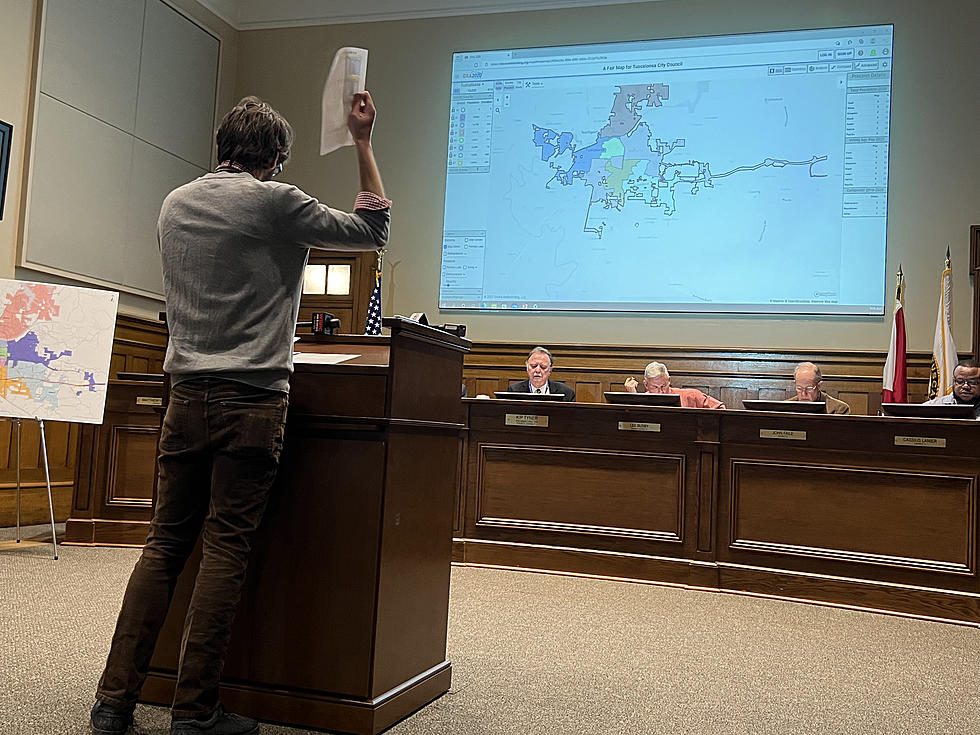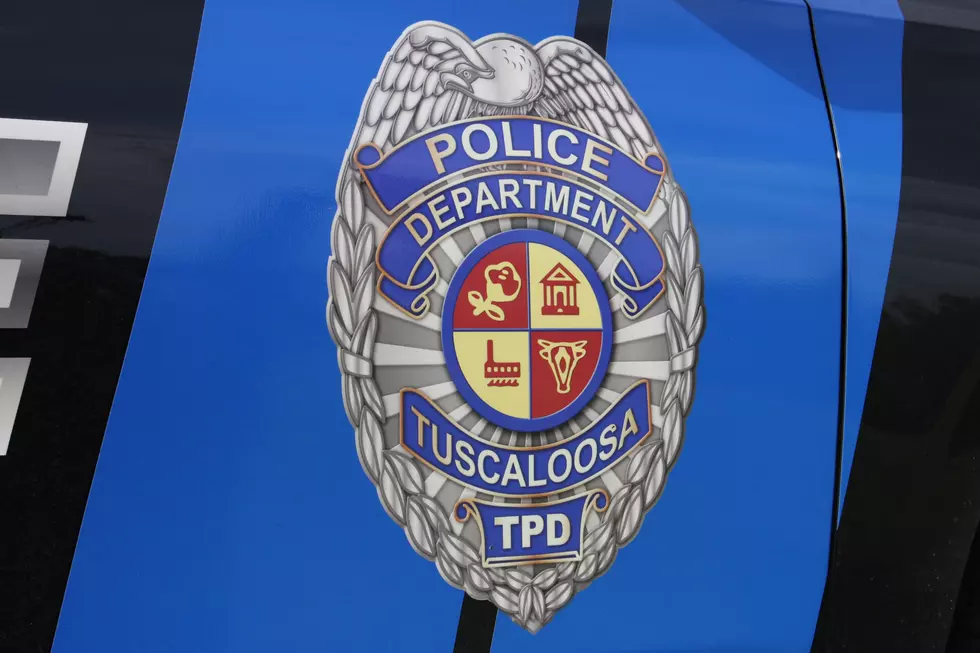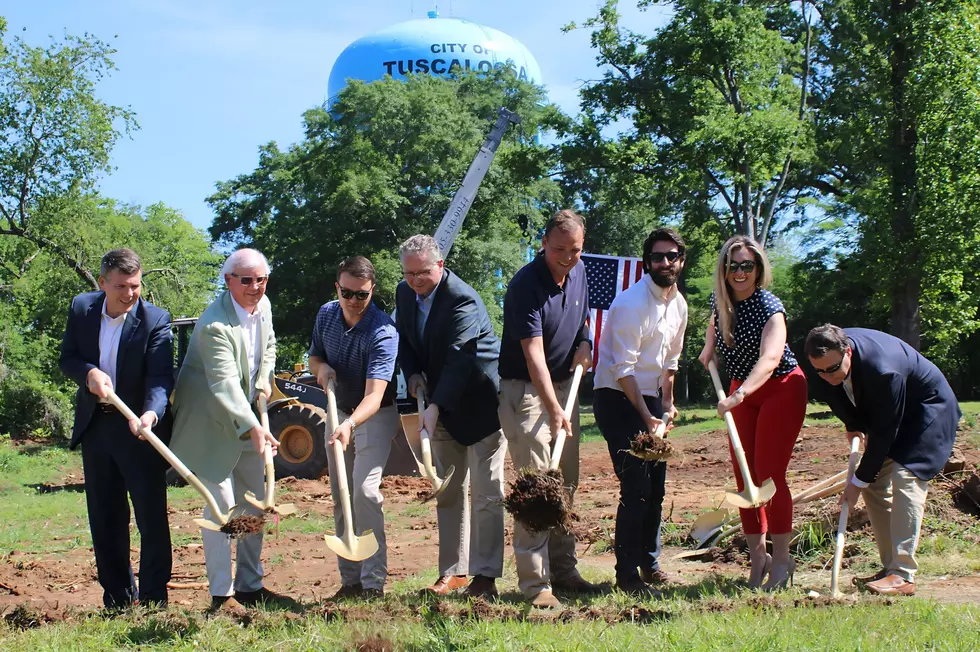
Tuscaloosa City Council Considers Voting Redistricting Maps Over Accusations of Racial Gerrymandering
The Tuscaloosa City Council held a specially-called meeting Wednesday morning to consider several redistricting maps for the city, as many speakers came forward citing racial gerrymandering to prevent the creation of another Black minority-majority district.
The redistricting is the result of the new data from the 2020 census. Tuscaloosa became a majority non-white city, with 52.1 percent of its population makeup being non-white residents.
"We are charting the direction of the next ten years and for generations to come," said District 1 Councilor Matthew Wilson, setting the tone of the meeting.
City Council President Kip Tyner mentioned that following an October 2021 City Council meeting, each council member was charged with redistricting and had the choice of discussing district maps via community meetings. That was an option, to Tyner's recollection, that nobody chose to do.
Tuscaloosa Mayor Walt Maddox had proposed a map to the council in October, which did not include racial demographic data, but data showed had packed a severe majority of black voters into District 7.

In response, residents affiliated with the Tuscaloosa branch of the NAACP and local activist group Tuscaloosa Action redrew the map to better reflect the 52 percent non-white majority. It would create a fourth minority-majority district by spreading black District 7 voters throughout District 6. This was submitted once in November and again in January.
Finally, the City Council proposed two maps (A & B) in January. These maps were drawn by each councilor on their own. Speakers mentioned that one of the key issues with these maps was that the redistricting process did not first take a "whole city approach" and racial makeup was never considered as part of the process.
A breakdown of the two districts' racial makeups in different maps is outlined below:
- The "Fair" Map:
- District 6:
- White Voters: 42.72%
- Black Voters: 51.33%
- District 7:
- White Voters: 37.87%
- Black Voters: 55.02%
- District 6:
- Administration Proposed Map:
- District 6:
- White Voters: 43.4%
- Black Voters: 41.6%
- District 7:
- White Voters: 20.6 %
- Black Voters: 72.7%
- District 6:
The City Council's proposed maps had a similar racial makeup to Maddox's proposal. In both instances, black voters were disproportionately packed into District 7.
The term "packing" refers to grouping together an unevenly heavy minority population into a single district. It can be determined that any population percentage over 60 percent that is minority voters is racially gerrymander.
Racial gerrymandering is the only type of gerrymandering considered explicitly illegal under federal law.
The discussions held Wednesday called for a fair redistricting map that would see four out of seven district have a black majority makeup. According to the federal Voting Rights Act, all governments, including down to the municipal level) must create minority-majority districts whenever possible.
"That's the same law that has forced the State of Alabama to redraw its congressional map to have two black-majority districts," said Mike Altman, a spokesperson for Tuscaloosa Action. "They had one, they got sued, and it went all the way up to the Supreme Court. The ruling came down this week, and they have 14 days to redraw that map while they're in the middle of legislation."
Others mentioned they didn't want the redistricting process to be rushed due to a court order, at the risk of creating lasting consequences. Not to mention the cost of the litigation to the City.
Speakers in favor of the "fair map" Wednesday brought up that all previous proposals by the city limit black voters to three majority districts, packing a large number of black voters into District 7 and withholding them from District 6.
Under the "fair map" lines, the four minority-majority districts include District 1 (58% Black), District 2 (54% Black), District 6 (was 41%, now 51% Black), and District 7 (was 72%, now 55% Black).
District 6 would be redrawn to represent the now slight minority-majority of the city overall. District 3 and 4 would remain largely the same in terms of demographics.
"How do we celebrate Black History today? Many of the ways Black people are honored are performative and symbolic," said another Tuscaloosa resident. "Whether by coincidence, accident or intent, the seventh district in the city of Tuscaloosa has been racially gerrymandered... This dilutes their representational power to shape the future of our city. It is a blemish, and it's a shame... My call to you is to make this Black History Month different. Have the creation of a fourth minority district to be your legacy."
Another point of contention came in the discussion regarding changing district lines for Districts 1 and 4. Several longtime residents from the historic downtown Tuscaloosa districts spoke about feeling their voices were being split up between two districts. They spoke in favor of the Map A, proposed by the City Council to consolidate the neighborhoods and give them a unified voice.
The racial makeup of the council's proposed vs. "fair" map for District 1 and 4 are outlined below:
- The "Fair" Map:
- District 1:
- White Voters: 35.99%
- Black Voters: 58.34%
- District 4:
- White Voters: 67.8%
- Black Voters: 11.49%
- District 1:
- Administration Proposed Map:
- District 1:
- White Voters: 33.5%
- Black Voters: 60.1%
- District 4:
- White Voters: 69.2 %
- Black Voters: 10.2 %
- District 1:
District 4 Councilor Lee Busby spoke in the middle of the meeting, highlighting his sensitivity to the issue of calling the proposed redistricting "racist," and reiterating where his priorities with these maps lie.
"I would ask you to be sensitive about using the word 'racist.' It's 'racist' always," Busby said. "That word viscerally insults me and many other people up here. If it's just that you don't agree with it, then let's talk about the parts you don't agree with.
"My main dog in the fight here is the historical district.. When I ran for council member three years ago, this was one of the issues that I ran on," he continued. "I strongly feel those two halves of the historic neighborhood enclave need to be combined... District 4 contains the bulk of the University and downtown area. For the past three census decades, it's been getting increasingly carved out because it's increased in population... What we've done is carved out the heart of our increasingly fewer true named neighborhoods. It's a function of shared interests, shared problems, shared geography, and we'll get to the right answer I'm sure."
Busby exited the meeting shortly after his statement.
The meeting concluded with a few last remarks from more concerned citizens who brought up the point that on both sides, whether preferring the "fair" map or the maps proposed by the council, not one person specifically spoke in favor of keeping only three minority-majority districts.
"All of you saw me come up with a white cane. That means that I'm totally blind. Obviously, I can't see color," said Tuscaloosa resident David Risling. "I consider that a blessing. I'm a musician at Mount Pilgrim Baptist Church, and they've welcomed me like family... I'm grateful to be a part of a church family that believes in inclusivity. and I pray the same thing is true for our city."
"All of these maps are racist," a resident emphasized, once Busby left. "That doesn't mean I'm saying that y'all have in your heads that you want to make sure that black people don't have power... Racism isn't just hating a black person. Racism is also systematically making sure that black people do not have the power to represent themselves in this city... It's racially gerrymandered and it's theft."
The Thread approached Mike Altman following the adjournment to ask his reaction to the speakers and the council's reception. He also reiterated that the issues of the District 1 and 4 historic neighborhood merging, and the District 7 racial gerrymandering accusations can be handled separately, and can be solved in a single map. The redistricting problem as presented does not have to end in a large compromise or an outright ignoring of one of the key issues.
"I'm extremely proud of all the people that came and spoke up," Altman said. "I heard there were people beforehand saying that this was an issue not a lot of people cared about, but I think we've proved them wrong. We have a lot of work to do, and hopefully more people will show up next time and make their voices heard."
A second redistricting meeting is schedule for an evening later this month. For more information following the second meeting, stay connected with The Tuscaloosa Thread.
Powerful Photos of Dr. Martin Luther King Jr.
Top Stories From The Tuscaloosa Thread (1/24-1/28)
More From Tuscaloosa Thread









